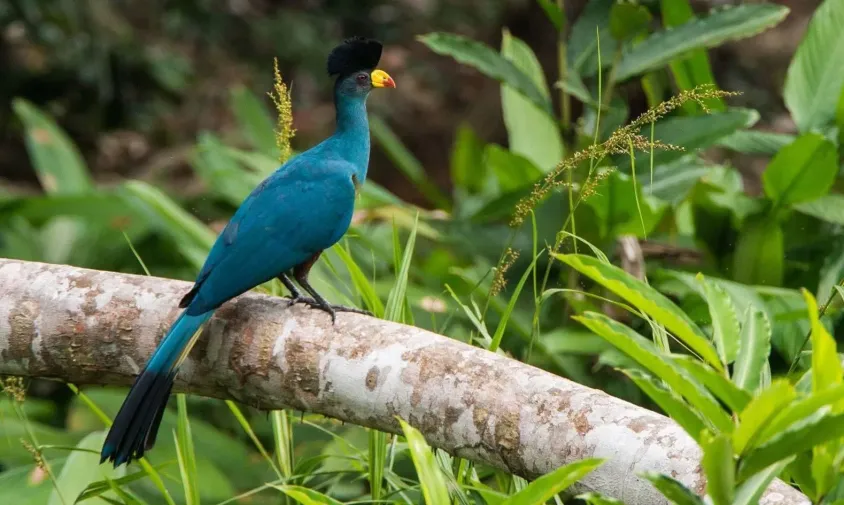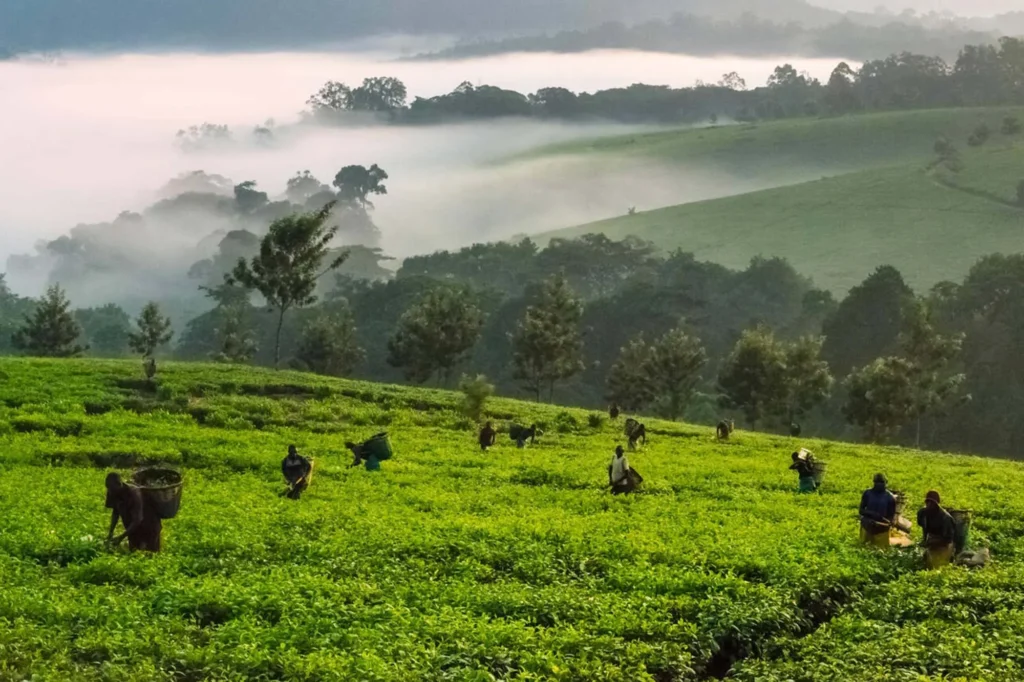Attractions in Kibale National park
Attractions in Kibale National park : Kibale forest national park is located in the western part of Uganda near Fort portal town in kabarole and kamwenge districts is the great Kibale national park covering an area of over 766 square kilometres and it is approximately 5-6 hours’ drive’ from Kampala.
The Park is famously known as the “Primate Capital of the World” due to its high concentration of primates and estimated to be home to over 13 species of primates, including the iconic chimpanzees, black-and-white colobus monkeys, red colobus monkeys, L’Hoest’s monkeys, grey-cheeked mangabeys, and many others.
Aside from primates, Kibale National Park is also teeming with other fascinating wildlife starting from its diverse ecosystems, including tropical rainforests, grasslands, and swamps then running down to over 325 species of birds.
Attractions in kibale national park
primates
When its speaking about the attractions that are found in the great kibale national park of Uganda, primates are the top most attractive points of the national park and for that case the national park was ranked the top best primate safari destination in the pearl of Africa.
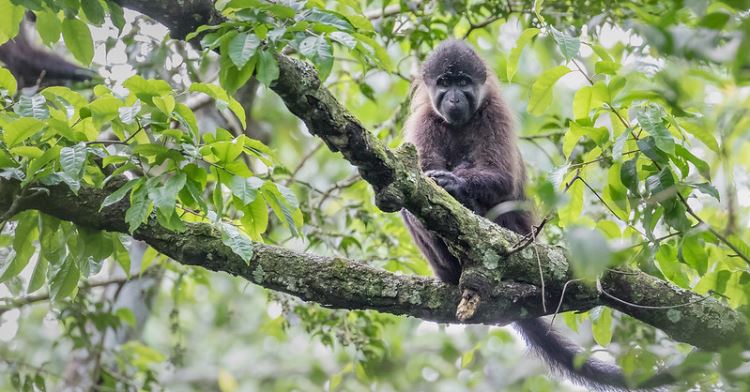
Kibale national park is home to over 13 different primate species with also other primate species, including colobus monkeys, mangabeys, and L’Hoest’s monkeys. Each species has its own unique characteristics and behaviors, adding to the park’s incredible biodiversity.
Sightseeing Kibale National Park provides the opportunity to witness these primates in their natural habitat.
Beautiful vegetation
The vegetation of kibale national park makes it so unique compared to other national parks in the country and this is one of the main reasons as to why the national park is one of the most visited national parks in the country, the national park is made up of green rainforests, vibrant wildflowers, and towering trees that create a amazing canopy made of mahogany and fig trees, orchids and leafy plants. The vegetation not only provides a stunning backdrop but also serves as a important habitat for the diverse range of primates that call Kibale home.
Ndali Kasenda Craters
Ndali kasenda crater is one of the most unique features found with kibale national park as the craters are in a group of volcanic formations that were created millions of years ago. These craters are cool circular holes in the ground that were formed by volcanic activity. Sao attractive to be hold and even take photos around them.
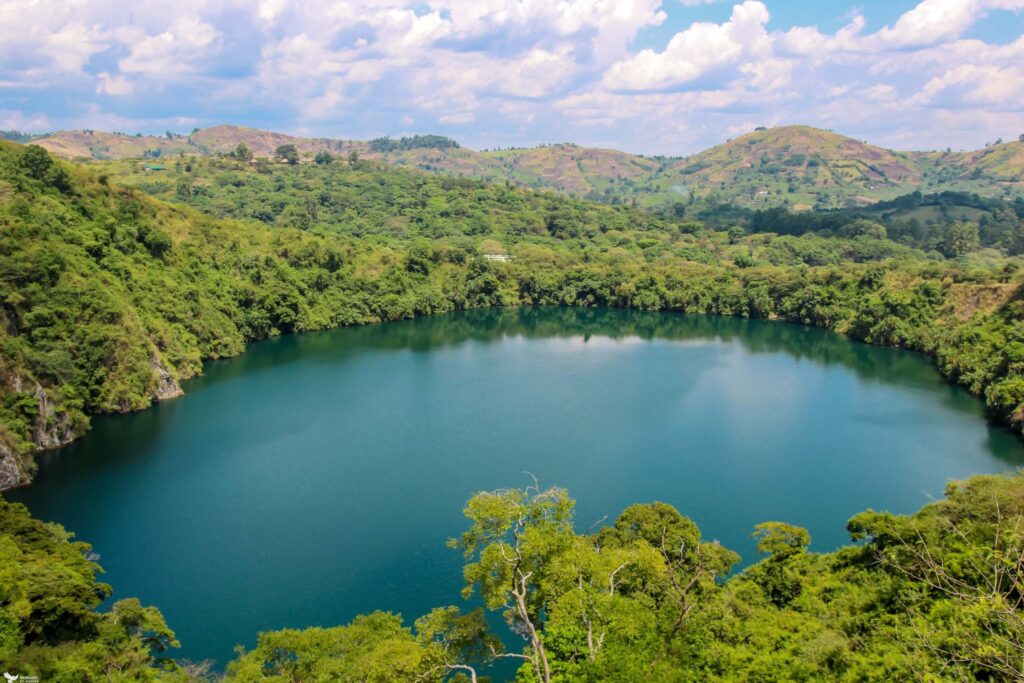
Butterfly species
Kibale National Park is a butterfly paradise. With its diverse habitats and beautiful flowers, it’s a safe place for over 200 different butterfly species. These colourful creatures bring life and vibrancy to the park as they flutter around with their delicate wings.
Butterflies are not just eye candy, but they also play a good role in pollination, helping to maintain the park’s rich biodiversity, meaning they are not just pretty.
Culture
While at kibale national park sightseers get to also understand the different cultures at the national park as they get to tour around the communities near the national park getting to sightsee the different groups such as the batooro and also get a chance to engage in the different and unique practices and beliefs, creating a vibrant beautiful pattern of cultural diversity.
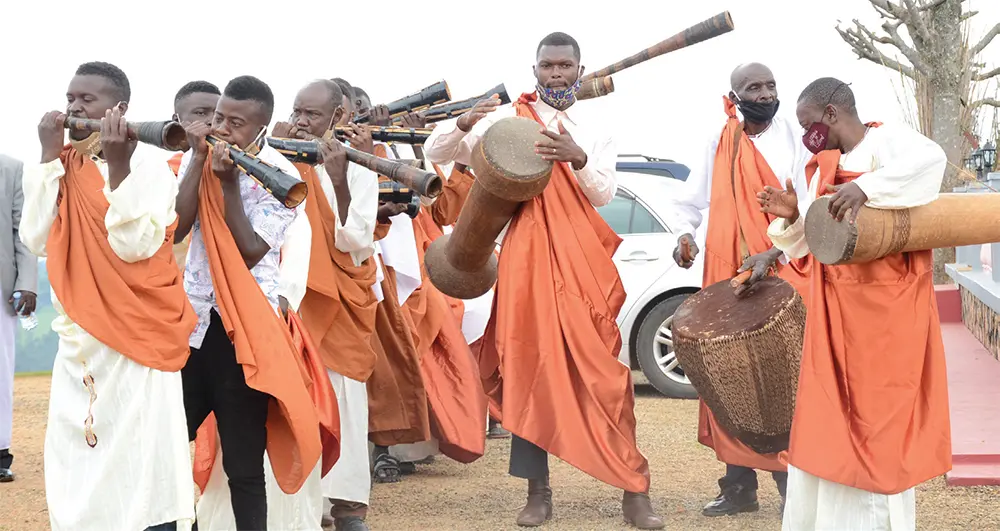
birds of Kibale forest
There are over 350 different types of birds in the park, so you’ll have plenty to see and learn about. From colorful species like the Great Blue Turaco with its vibrant blue and green feathers, to the clever African Grey Parrot, the park is a birdwatcher’s paradise.
the national park is known to be one of the best birding spots in the country and this is because the national park is home to the excellent bird species which are also rare and unique birds these include; The African Emerald Cuckoo, with its impressive green plumage, African Pitta is a small but stunning bird with vibrant colours Hence Kibale National Park is need the best safari destination because it offers different tourist attractions. From the diverse range of primate species to the green biodiversity of plant life.
